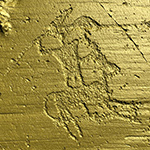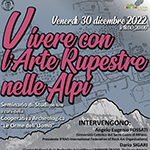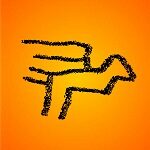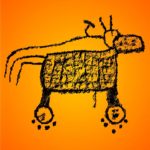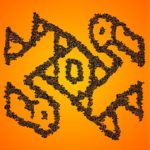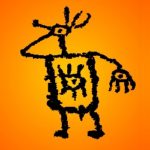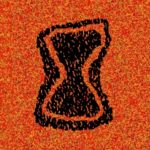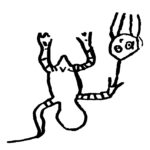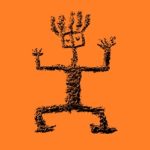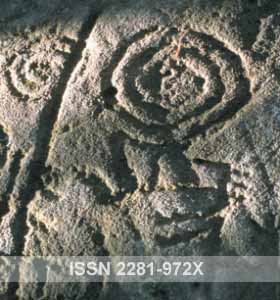Worldwide, Paolo Emilio Bagnoli, former full professor of Photonics and Optoelectronics at Pisa University, is among the few researchers active in the rock art field to apply to engraved rocks the method of 3D modelling on a photometric basis. As a tribute to his memory, it is appropriate to remember him in his own words in relation to the photometric technique applied to 3D modelling (PDF available).
by Andrea Arcà – Footprints of Man Read more
